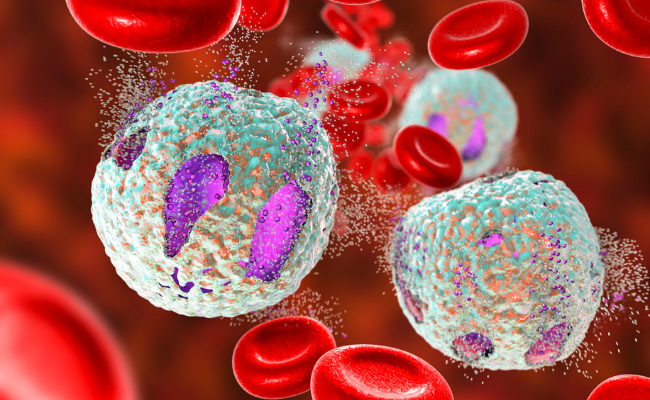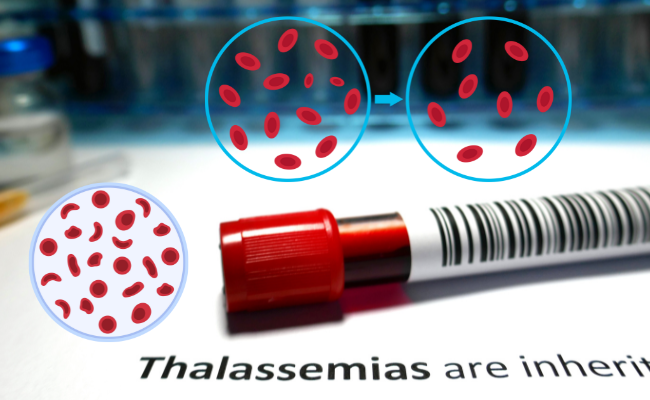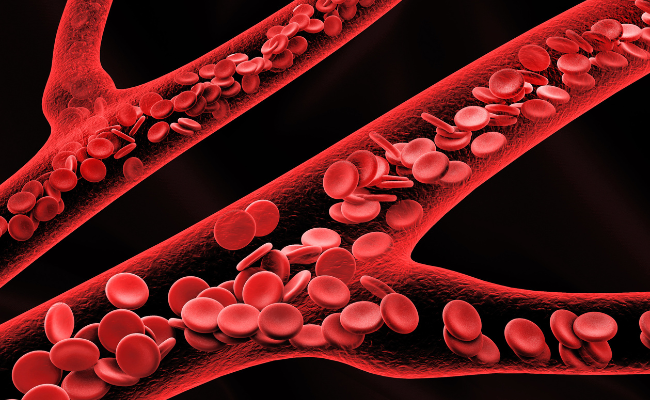How to Treat Haemophilia?
- September 26, 2023
- No Comments
What is Haemophilia?
Haemophilia is a rare, inherited bleeding disorder characterized by a deficiency or absence of specific blood-clotting proteins, known as clotting factors. Individuals with haemophilia may experience prolonged bleeding after injuries or surgeries due to their blood's inability to form clots effectively. This condition primarily affects males, as it is linked to the X chromosome, but females can be carriers.
Why is Haemophilia a Concern?
Haemophilia is a significant concern because it can lead to severe and life-threatening bleeding episodes. Without proper treatment and management, individuals with haemophilia are at risk of spontaneous bleeding into their joints, muscles, and other internal organs, which can result in chronic pain, joint damage, and even disability. Understanding how to treat haemophilia is crucial for improving the quality of life and long-term health of affected individuals.
How to Treat Haemophilia?
The treatment of haemophilia aims to prevent and manage bleeding episodes effectively. Here's a comprehensive guide on how to treat haemophilia:
Replacement Therapy:
- Replacement therapy involves infusing the missing clotting factor into the bloodstream to restore normal blood clotting.
- Clotting factor concentrates are derived from human plasma or produced through recombinant technology. This treatment can be administered preventively (prophylaxis) or on-demand (as needed).
Prophylactic Treatment:
- Prophylactic treatment involves regularly scheduled infusions of clotting factor concentrates to prevent bleeding episodes.
- This approach is often recommended for individuals with severe haemophilia to maintain consistent clotting factor levels and reduce the risk of spontaneous bleeding.
On-Demand Treatment:
- On-demand treatment is administered when a bleeding episode occurs.
- Individuals are taught to recognize the signs of bleeding and administer clotting factor infusions promptly to stop the bleeding.
Desmopressin (DDAVP):
- Desmopressin is a medication that can stimulate the release of von Willebrand factor, a clotting protein, in individuals with mild haemophilia or certain types of von Willebrand disease.
Hemophilia Treatment Centers (HTCs):
- HTCs are specialized healthcare facilities that provide comprehensive care for individuals with haemophilia.
- They offer expert medical care, education, and support services to manage the condition effectively.
Treatment Solutions:
Effective treatment of haemophilia revolves around preventive and on-demand measures to control bleeding. Here are the key solutions:
- Individualized Treatment Plans: Treatment plans are tailored to each individual's specific type and severity of haemophilia, ensuring the most appropriate care.
- Regular Monitoring: Routine monitoring of clotting factor levels helps adjust treatment plans as needed to maintain optimal clotting function.
- Education and Training: Individuals with haemophilia and their caregivers receive education and training to self-administer clotting factor infusions and recognize early signs of bleeding.
- Multidisciplinary Care: Haemophilia care often involves a team of specialists, including hematologists, physical therapists, and social workers, to provide comprehensive support.
- Joint Protection: Physical therapy and joint protection strategies are essential to prevent joint damage and maintain mobility in individuals with haemophilia.
Benefit Points:
Effectively treating haemophilia offers several significant benefits:
- Bleeding Control: Treatment helps prevent and manage bleeding episodes, reducing the risk of severe and life-threatening bleeding.
- Pain Management: By minimizing bleeding into joints and muscles, treatment improves the quality of life by reducing chronic pain and disability.
- Improved Mobility: Early intervention and joint protection measures enable individuals with haemophilia to maintain better mobility and joint function.
- Normal Life: With proper treatment and management, individuals with haemophilia can lead relatively normal and active lives.
- Prevention of Complications: Treatment prevents complications such as joint damage and organ bleeding, which can significantly impact long-term health.








.jpg)
Comments (0)
No comments yet